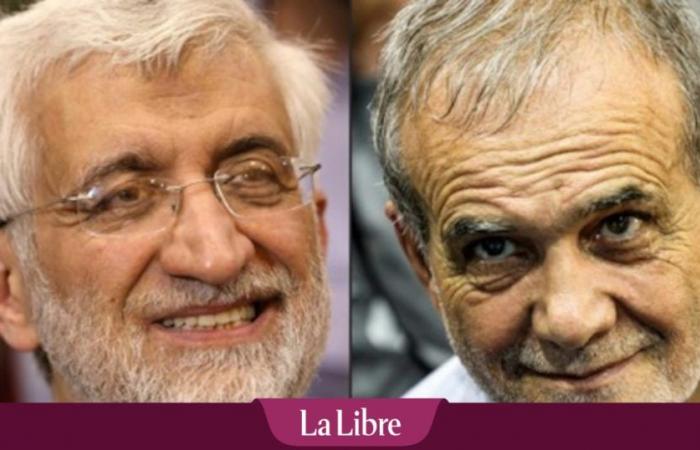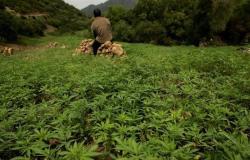However, the opening created by the authorities with the presence of a reformist candidate has not helped to stem the turnout crisis. This has been confirmed from election to election, and even more so since the 2022-2023 protest movement, which has further widened the gap between the regime and many Iranians. Barely four out of ten Iranians of voting age (39.92%) – one in four in Tehran! – went to the polls on Friday for the first round of this early presidential election, organized after the accidental death of the ultraconservative Ebrahim Raïssi.
This is the lowest turnout ever recorded, in all elections, since the advent of this first Shiite republic in the world in 1979. The score is the third record drop in a row since the 2021 presidential election (48.48%), the legislative elections of March 2024 having reached 40.64%. And yet, of these approximately 24.5 million ballots cast in the ballot boxes during this presidential election, one million of them were invalid votes.
Who is Massoud Pezeshkian, the candidate who came out on top in the first round of the Iranian presidential election?
Crisis of legitimacy
This shows that ““The electoral base of each camp has been considerably reduced”says the analysis by political scientist Ali Vaez, who heads the Iran program at the International Crisis Group, a Brussels-based think tank. Compared to the previous presidential election (where only conservative candidates ran), the combined scores of hardliners Said Jalili and Mohammad-Bagher Ghalibaf (who came in third), or 12.8 million votes, pale in comparison to Raisi’s 18 million or so votes.
Such a drop in mobilization means that even some voters constituting the hard core no longer see the interest or reason to go and vote for their camp. For the authorities of the Islamic Republic, who have always put forward the republican and “democratic” component of the regime, this crisis of participation is also a crisis of legitimacy.
Iran’s presidential candidates
Center versus perimeter
The authorities’ attempt to mobilize voters by allowing reformers to participate has not really succeeded – while the hardliners have taken control of the country for three years, after the two terms of the moderate Hassan Rohani. It remains to be seen whether the clear alternative posed during the second round between the representatives of the two camps will do better. Mohammad-Bagher Ghalibag, the conservative president of the Islamic Assembly who came third, has already instructed his more than three million voters to switch their votes to Said Jalili.
Concerning the distribution of preference votes, the voters of the ultraconservative Said Jalili are concentrated in the central part of the country, while those of Massoud Pezeshkian are mainly in the “peripheral” provinces. The Tabriz MP is thus mainly popular in his region in the northwest as well as in the west of Iran, as well as in the northern and southeastern provinces. All these regions are home to minorities (Kurdish, Azeri, Arab, or Baluch) who are sensitive to this candidate who himself comes from there. A dimension which could however limit his reserve of votes for the second round.






